Done with PHP (requires ImageMagick) and Open Street Map (via curl).
PLEASE NOTE: You must understand the license and terms of using Open Street Map before implementing this solution to ensure it is acceptable for your use.
https://operations.osmfoundation.org/policies/tiles/
TODO: Improve the bezier curve between the 2 points
TODO: Check the response from the tile server to ensure it is an image
<?php
/**
* adapted from https://wiki.openstreetmap.org/wiki/ProxySimplePHP
* get the map tile and save as png
*
* @param float $lat1 Latitude in degrees
* @param float $lng1 Longitude in degrees
* @param float $lat2 Latitude in degrees
* @param float $lng2 Longitude in degrees
* @param integer $zoom Zoom level 0-20
*
* @throws Exception
*/
function createMap($lat1, $lng1, $lat2, $lng2, $zoom)
{
//from https://wiki.openstreetmap.org/wiki/Slippy_map_tilenames#X_and_Y
//convert lat/lng to x/y tile coords
$x1 = floor((($lng1 + 180) / 360) * pow(2, $zoom));
$y1 = floor((1 - log(tan(deg2rad($lat1)) + 1 / cos(deg2rad($lat1))) / pi()) / 2 * pow(2, $zoom));
$x2 = floor((($lng2 + 180) / 360) * pow(2, $zoom));
$y2 = floor((1 - log(tan(deg2rad($lat2)) + 1 / cos(deg2rad($lat2))) / pi()) / 2 * pow(2, $zoom));
$startX = min($x1,$x2)-1;
$startY = min($y1,$y2)-1;
if($startX<0)
{
$startX = 0;
}
if($startY<0)
{
$startY = 0;
}
$endX = max($x1,$x2)+1;
$endY = max($y1,$y2)+1;
if($endX>(pow(2,$zoom))-1)
{
$endX = (pow(2,$zoom))-1;
}
if($endY>(pow(2,$zoom))-1)
{
$endY = (pow(2,$zoom))-1;
}
if(($endX-$startX+1)*($endY-$startY+1)>=50)
{
//https://operations.osmfoundation.org/policies/tiles/#bulk-downloading
//terms of use state: In particular, downloading an area of over 250 tiles at zoom level 13 or higher for offline or later usage is forbidden
//we're going to be a lot more strict here
throw new Exception('Zoom level is too high, please reduce');
}
if(!is_dir(__DIR__."/tiles"))
{
mkdir(__DIR__."/tiles",0755);
}
for($x=$startX;$x<=$endX;$x++)
{
for($y=$startY;$y<=$endY;$y++)
{
$file = "tiles/${zoom}_${x}_${y}.png";
if(!is_file($file) || filemtime($file) < time() - (86400 * 30))
{
$server = array();
$server[] = 'a.tile.openstreetmap.org';
$server[] = 'b.tile.openstreetmap.org';
$server[] = 'c.tile.openstreetmap.org';
$url = 'http://'.$server[array_rand($server)];
$url .= "/".$zoom."/".$x."/".$y.".png";
$ch = curl_init($url);
$fp = fopen($file, 'wb');
curl_setopt($ch, CURLOPT_FILE, $fp);
curl_setopt($ch, CURLOPT_HEADER, 0);
global $userAgent;
if(empty($userAgent))
{
throw new Exception('User agent required');
}
curl_setopt($ch,CURLOPT_USERAGENT,$userAgent);
curl_exec($ch);
curl_close($ch);
fflush($fp); // need to insert this line for proper output when tile is first requested
fclose($fp);
}
}
}
//now stitch all tiles into 1 image
$tileWidth = 0;
$tileHeight = 0;
$map = new Imagick();
$cols = array();
for($x=$startX;$x<=$endX;$x++)
{
$col = new Imagick();
for($y = $startY; $y <= $endY; $y ++)
{
$col->readImage("tiles/${zoom}_${x}_${y}.png");
if($tileWidth===0)
{
$tileWidth = $col->getImageWidth();
$tileHeight = $col->getImageHeight();
}
}
$col->resetIterator();
$cols[] = $col->appendImages(true);
}
foreach($cols as $col)
{
$map->addImage($col);
}
$map->resetIterator();
$map = $map->appendImages(false);
//calculate the pixel point of the lat lng
$x1 = $tileWidth*(((($lng1 + 180) / 360) * pow(2, $zoom))-$startX);
$y1 = $tileHeight*(((1 - log(tan(deg2rad($lat1)) + 1 / cos(deg2rad($lat1))) / pi()) / 2 * pow(2, $zoom))-$startY);
$x2 = $tileWidth*(((($lng2 + 180) / 360) * pow(2, $zoom))-$startX);
$y2 = $tileHeight*(((1 - log(tan(deg2rad($lat2)) + 1 / cos(deg2rad($lat2))) / pi()) / 2 * pow(2, $zoom))-$startY);
$draw = new ImagickDraw();
$draw->setFillAlpha(0);
$draw->setStrokeColor(new ImagickPixel('black'));
$draw->setStrokeWidth(2);
$draw->bezier(array(array('x'=>$x1,'y'=>$y1),array('x'=>$x1+(($x2-$x1)/2)+50,'y'=>$y1+(($y2-$y1)/2)-50),array('x'=>$x2,'y'=>$y2)));
$map->drawImage($draw);
if(file_exists('map-marker.png'))
{
$icon = new Imagick('map-marker.png');
$icon->scaleImage(30,30,true);
$markerX = $x1-($icon->getImageWidth()/2);
$markerY = $y1-$icon->getImageHeight();
$map->compositeImage($icon->clone(),$icon::COMPOSITE_DEFAULT,$markerX,$markerY);
$markerX = $x2-($icon->getImageWidth()/2);
$markerY = $y2-$icon->getImageHeight();
$map->compositeImage($icon->clone(),$icon::COMPOSITE_DEFAULT,$markerX,$markerY);
}
$map->setImageFormat('png');
$map->writeImage('base_map.png');
}
//https://operations.osmfoundation.org/policies/tiles/#technical-usage-requirements
//You MUST provide a valid "user agent". For example the application name and a contact email address
//If you violate the terms of use the tiles will not be images but html
$userAgent = '';
createMap(23.634501, - 102.552783, 17.987557, - 92.929147, 5);




